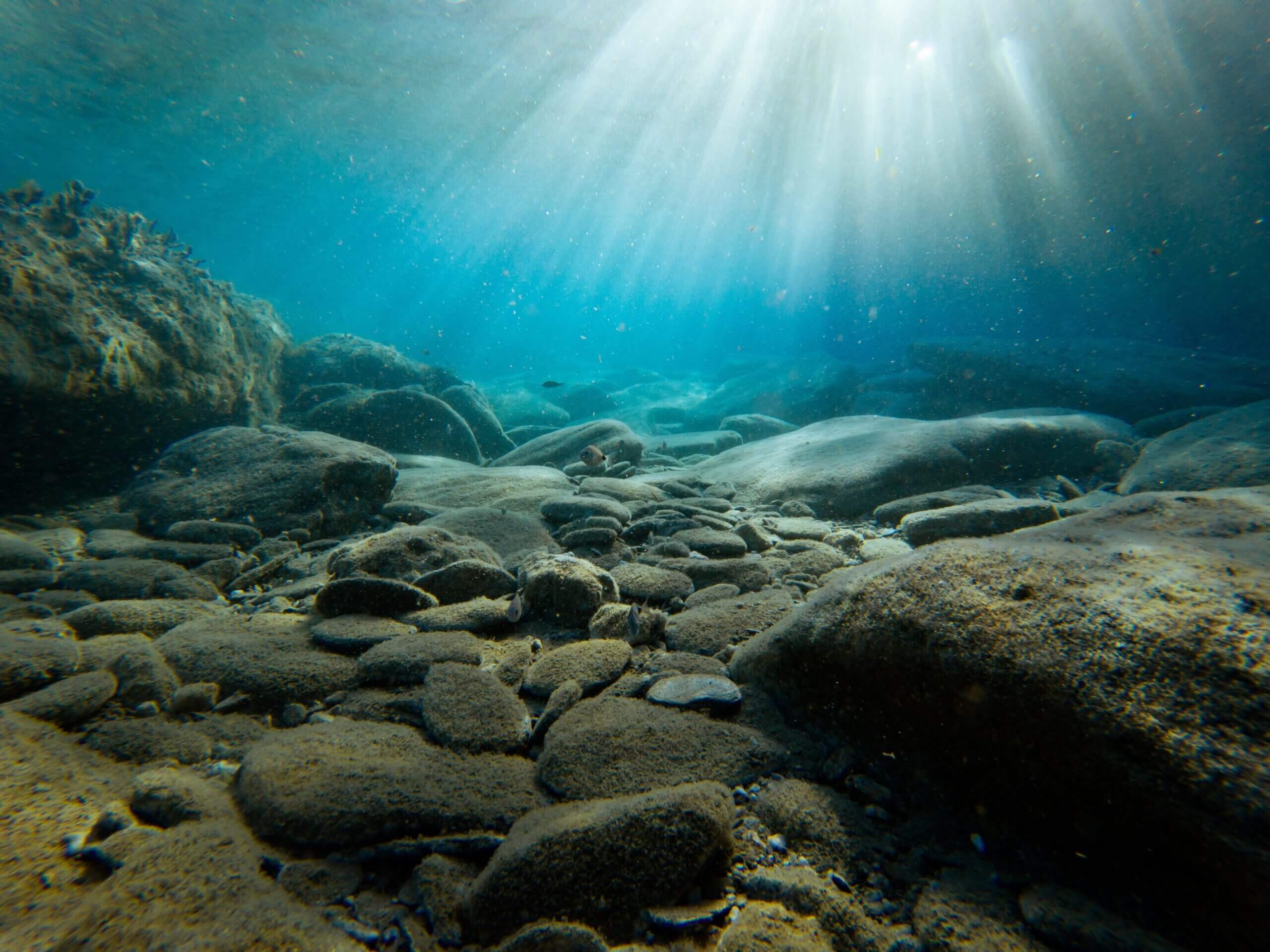
primer domain was triggered too early. This is usually an indicator for some code in the plugin or theme running too early. Translations should be loaded at the init action or later. Please see Debugging in WordPress for more information. (This message was added in version 6.7.0.) in /home/ikq167bdy5z8/public_html/propertyresourceholdingsgroup.com/wp-includes/functions.php on line 6114In a wave tank in Edinburgh, engineers watch as an underwater drone rises stealthily to the surface.

The team at Heriot-Watt university that led the development of the remotely operated vehicle (ROV) thinks the submersible machine is a game-changer for offshore wind farms because it makes divers unnecessary.
The engineers think it will soon be ready to do inspections and maintenance at wind farms. This will change the nature of these high-risk, expensive jobs at a time when the industry is about to grow a lot.
Boris Johnson, the Prime Minister of the UK, has said that he wants to make the UK the “Saudi Arabia” of wind power. By 2030, he wants offshore wind farms to produce enough electricity to power every home in the UK.
Even though Johnson is leaving office, the industry is counting on the plans to grow, especially since Russia’s invasion of Ukraine drove up the price of traditional carbon energy.
A robotics and autonomous systems professor at Heriot-Watt, Yvan Petillot, told AFP that in 10 to 15 years, there will be hundreds of wind farms and thousands of wind turbines all along the coast of the UK.
“You’re also working on hydrogen technology, and everything will need to be kept up, inspected, and fixed.”
We are working on remote technologies that will let people check on and take care of these assets without putting anyone in danger.
In May, the ROV, which has sensors and advanced software, did what is thought to be the first inspection of an offshore wind farm that it could do on its own.
The device was put in place at the Blyth wind farm, which is owned by the French energy company EDF and is off the coast of Northumberland, England.
It was able to record videos that helped researchers figure out how the foundations and cables of turbines looked from the outside.
While that was happening, its software built a 3D model of some of the energy company’s underwater assets.
Petillot said that the 3D model can see the growth of microorganisms, plants, and algae on the bases of the turbines.
If a problem is found, a ROV system with a robotic arm can be sent out to fix it.
Petillot said, “The system will first do an autonomous inspection of the seabed and structure, and then it will build a 3D model that someone on land can look at and say, ‘There’s a problem here.'”
“Usually, the system would have corrosion, and you might have to turn a valve, connect a cable, change an anode, or clean the surface if there was too much biofouling.”
Maxime Duchet, an EDF engineer who works on offshore wind research, said that the images and models will make it much easier to do operations and maintenance work on-site.
He said that more tests are needed to figure out how long it will take to inspect all of the turbine bases and show the full potential of marine robotic technology.
“However, it’s clear from these early results that the technology can make operations safer, faster, and less harmful to the environment,” Duchet said.
Engineers say that the ROV, which is controlled by a joystick, can be left alone to do its main job of mapping most of the time.
If it gets stuck or stays in one place for too long, a pilot can take it over.
Petillot said that one long-term benefit could be that more people who might not have been willing or able to work offshore could join the team that runs the ROV remotely.
He said that it is very hard to find a qualified diver or pilot for these kinds of projects.
Petillot, on the other hand, thinks it will be much easier to find someone to help control the system as if they were playing a video game.